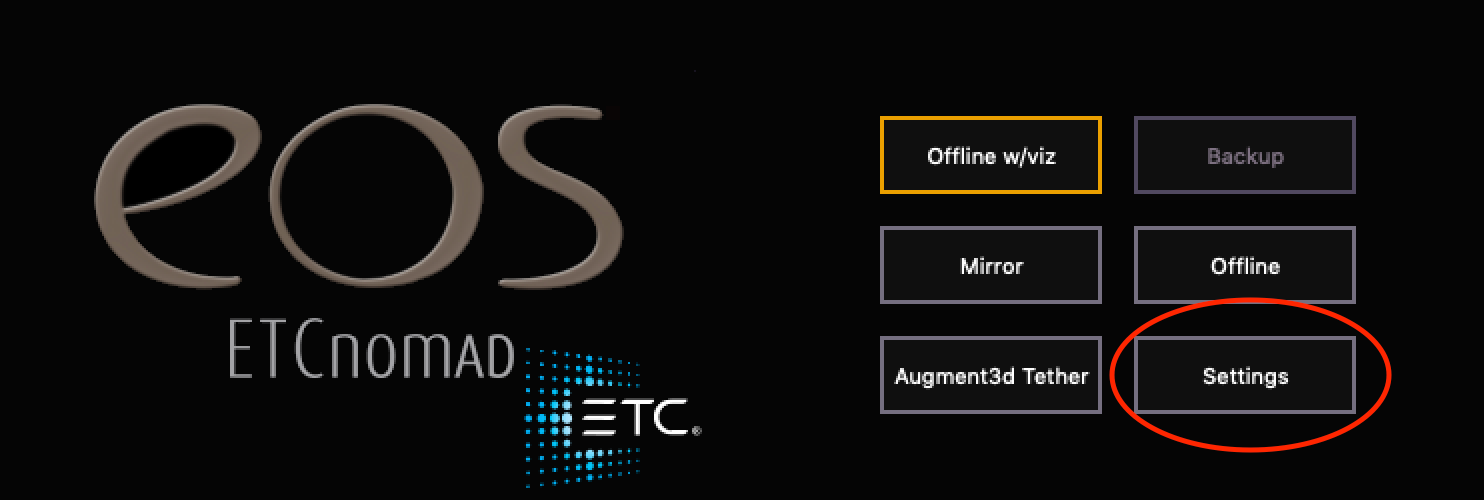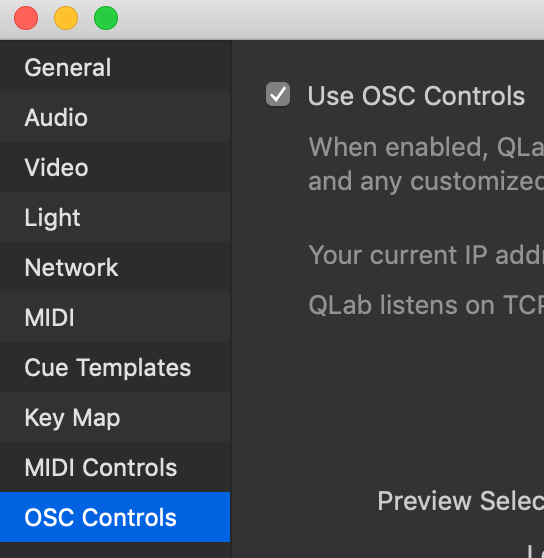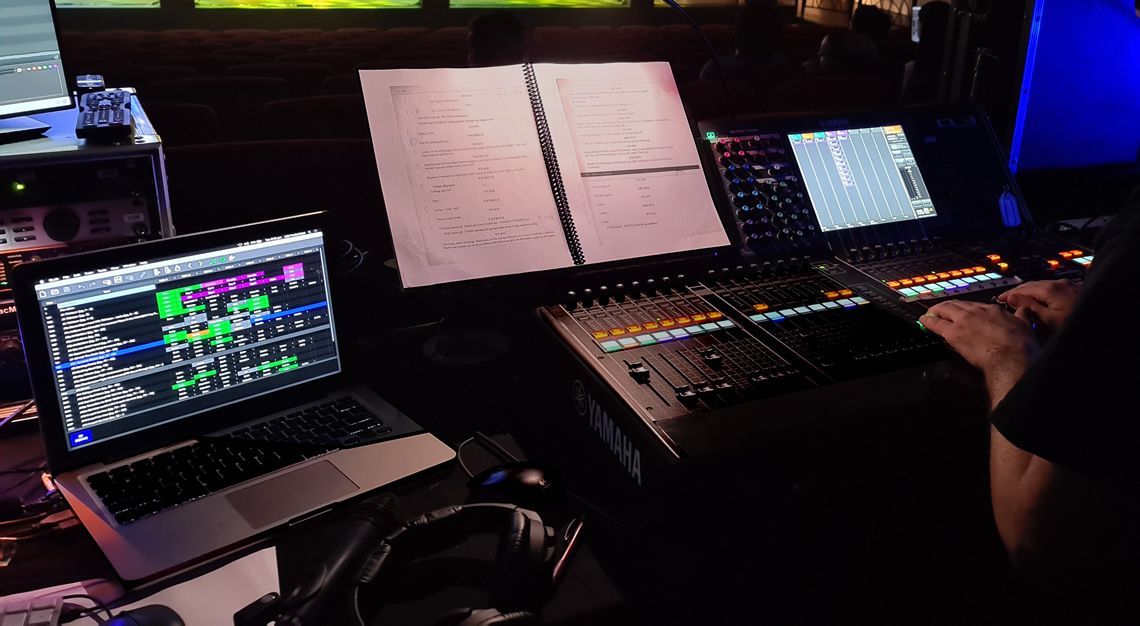Using QLab to Fire Your Lighting Console Cues
Step-by-Step Guide to Setting up OSC Control Between QLab and Your ETC Eos Console or Software (ETCnomad)
Theatrical productions often require the seamless integration of numerous technical elements. Two crucial components of this process are QLab, a very popular control software, and ETC Eos consoles, industry-leading lighting control consoles. In this post, we will discuss how to connect these two systems using Open Sound Control (OSC), allowing you to trigger specific scenes with Network cues in QLab which, in turn, command the Eos console to "Go" on a specific scene.
Preparations
Before we start, make sure you have:
1. A Mac running QLab (make sure you have the latest version installed).
2. An ETC Eos console with the latest software update.
3. Both devices connected to the same network.
4. A basic understanding of OSC (Open Sound Control), a protocol used for networking sound synthesizers, computers, and other multimedia devices for purposes such as musical performance or show control.
Setting Up ETC Eos Console
First, you'll need to enable OSC in your Eos console and set up your cues.
1. Open the Eos software on your console.
2. Navigate to the shell settings (Settings > Show Settings > OSC).
3. Enable OSC and note the port numbers for OSC transmit and receive. Typically, the default port is 3032 for transmit and 3033 for receive.
4. Create your lighting scenes within the Eos software, each with a unique cue number.
Setting Up QLab
With your Eos console ready, let's move on to QLab.
1. Open QLab on your Mac.
2. Create a new workspace or open an existing one.
3. For each lighting scene you want to trigger in the Eos console, create a new Network cue in QLab.
4. In the settings for each Network cue, select 'OSC Message' as the type.
5. Set the destination IP to the IP of your Eos console and the destination port to the OSC receive port you noted from the Eos settings.
6. In the message field, enter the OSC command for recalling a cue in the Eos software. The syntax typically is `/cue/{cue number}/go`, where `{cue number}` is replaced with the number of the cue you want to trigger.
Triggering Scenes
With everything set up, triggering your lighting scenes from QLab is now as simple as firing the corresponding Network cue. The OSC message will be sent to the Eos console, which will interpret the command and execute the desired cue.
Conclusion
By integrating QLab with ETC Eos consoles using OSC, you can streamline your production workflow, automating complex audio, video, and lighting cues with a single command. This efficient and powerful setup allows you to focus more on the artistic aspects of your production and less on the technical details.
This guide provides a general overview of the process; your specific setup may require additional steps or considerations. Always refer to the user manuals for your specific hardware and software for the most accurate and detailed information.
Book a meeting with us for help getting started or any questions along the way.






